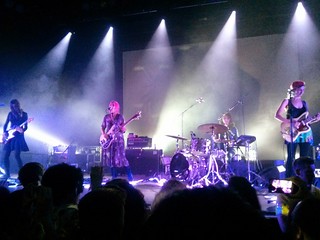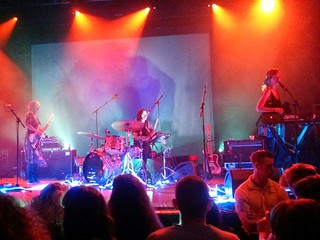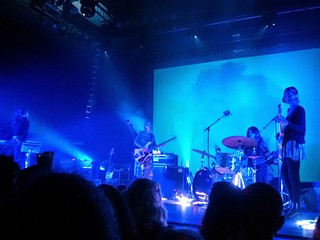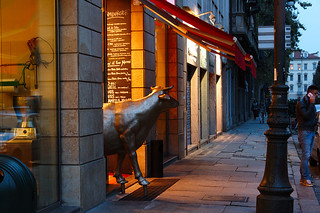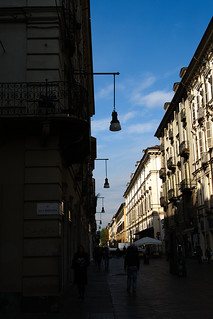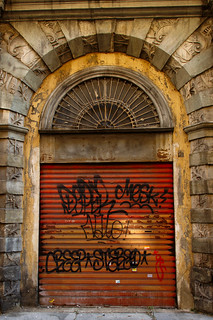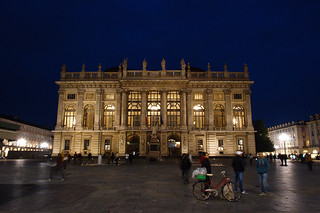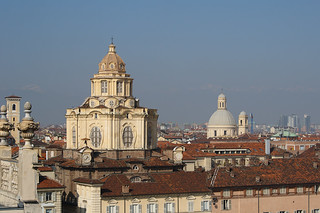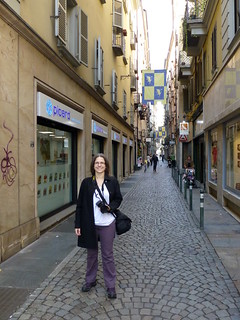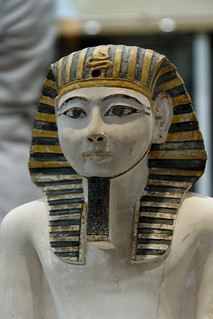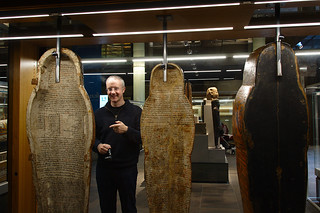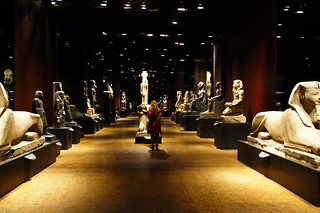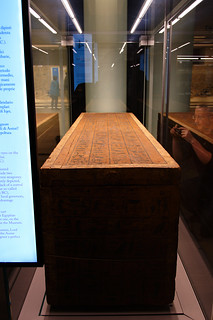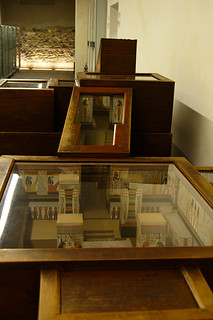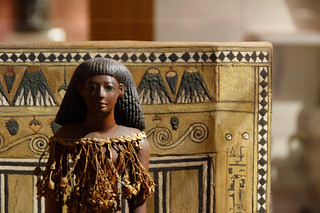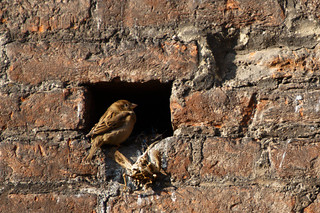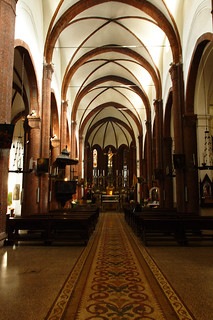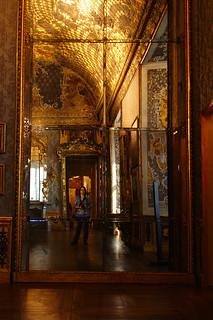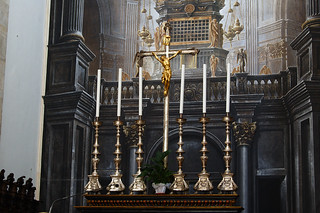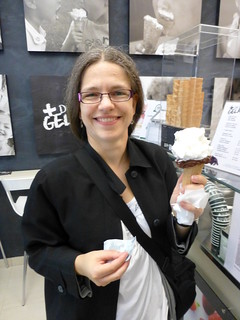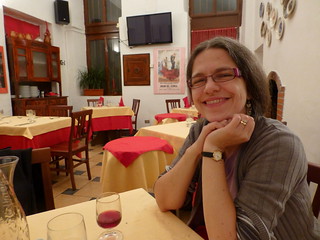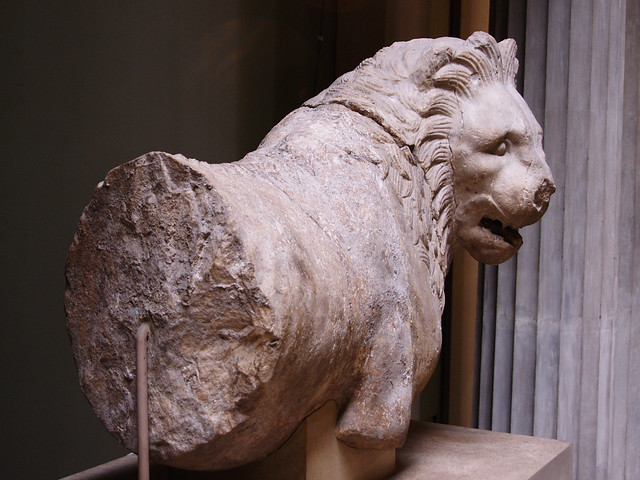I know of Robert Boyle because of Boyle’s Law (which I must’ve learnt in GCSE physics about 25 years ago although I couldn’t give you the details now), but as In Our Time explained his part in developing the scientific method is probably the more important part of his legacy. And in his own time his piety and religious writings were also important. The three experts who discussed it were Simon Schaffer (University of Cambridge), Michael Hunter (Birkbeck College, University of London) and Anna Marie Roos (University of Lincoln).
Robert Boyle was born in 1627 as the 14th child and 7th son of Richard Boyle, 1st Earl of Cork. The Boyles were fabulously wealthy. Not all of the children survived to adulthood, of those that did the daughters were married off advantageously (although not always happily) and the sons inherited their father’s land. Robert Boyle as the youngest son probably had the least lands and income, but this still inclued lands in County Limerick and a manor in Dorset. And an income of around £3,000/year (if I remember right) which made him ludicrously wealthy at the time. An anecdote the experts used to illustrate this was that Boyle funded Hooke’s telescope for the Royal Society, which was almost not built because it was too expensive and Hooke couldn’t secure funds – Boyle stepped in and paid, and the programme gave the impression that this wasn’t a stretch for him.
Boyle was educated at Eton for a few years starting when he was 8 years old, just after his mother died. Then in his mid-teens he went abroad, with a tutor, and spent several years in Continental Europe including France and Italy on a sort of Grand Tour. During that time he began to develop an interest in science, but more important to him he had the opportunity to debate religion with various scholars of the day. At some point in these years abroad he had a type of religious conversion experience during a thunderstorm in which he thought he might die. On his return to Ireland (and then England) in the 1640s he began to write essays about his understanding of religion, seeing this as his life’s work. One of the experts, Hunter I think, said that if this was all Boyle had done then we probably wouldn’t remember him – his style and his thinking weren’t particularly novel or readable.
Boyle’s practice of religion was a fairly practical matter. He was part of a school of thought that felt the best way to live a godly Christian life was to carefully examine your past to determine if you’d taken the actions most pleasing to God (and then presumably you have a pattern for the future). It’s an ongoing process and would require meticulous attention to detail and thinking about other alternative things you could’ve done and so on. His scientific interests were also an outgrowth of his piety – a belief that the best way to learn about God was to learn about his creation. Bragg asked a few times if there had been a “scientific conversion” moment to match Boyle’s religious turning point, but either Hunter or Schaffer pointed out that our division between religion and science as separate things with different spheres of relevance is anachronistic when thinking about the 17th Century.
During the 1650s and later Boyle became involved with a group of men who met regularly in Wadham College, Oxford and who would later form the nucleus of the Royal Society. They were mostly university educated, and so Boyle was a bit of an outlier (although I think not the only one) with his lack of formal education past his schooling at Eton. Whilst here he formed a close working partnership with Robert Hooke, who was particularly gifted at building apparatus and the practical side of chemistry & physics experimentation. The work Boyle is remembered for on air and gases was done in collaboration with Hooke. Boyle also corresponded with one of his sisters, Lady Ranelagh, about his work – and in later life he moved to London and lived in her household (which didn’t include her husband, her marriage hadn’t been a happy one).
Boyle was meticulous about writing down his experiments, and also wrote about how one should both carry out and record scientific experiments. Roos pointed out that modern day Materials and Methods sections in scientific papers are the direct descendants of Boyle’s ideas about the scientific method. He said that one should write down exactly what had been done, so that another person could do the same experiment again. He also said that the experimenter should come to the experiment with an open mind, instead of already already decided what they expected to happen. Hunter finished up the discussion by saying that this initial development of the scientific method is Boyle’s greatest legacy.
Boyle turns out to’ve been a much more interesting man than I’d expected from my half memory of his law about the relationship between gas volume & pressure!
